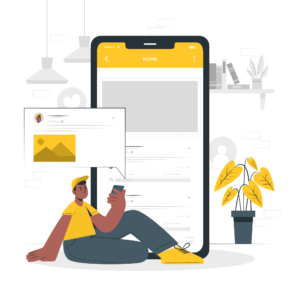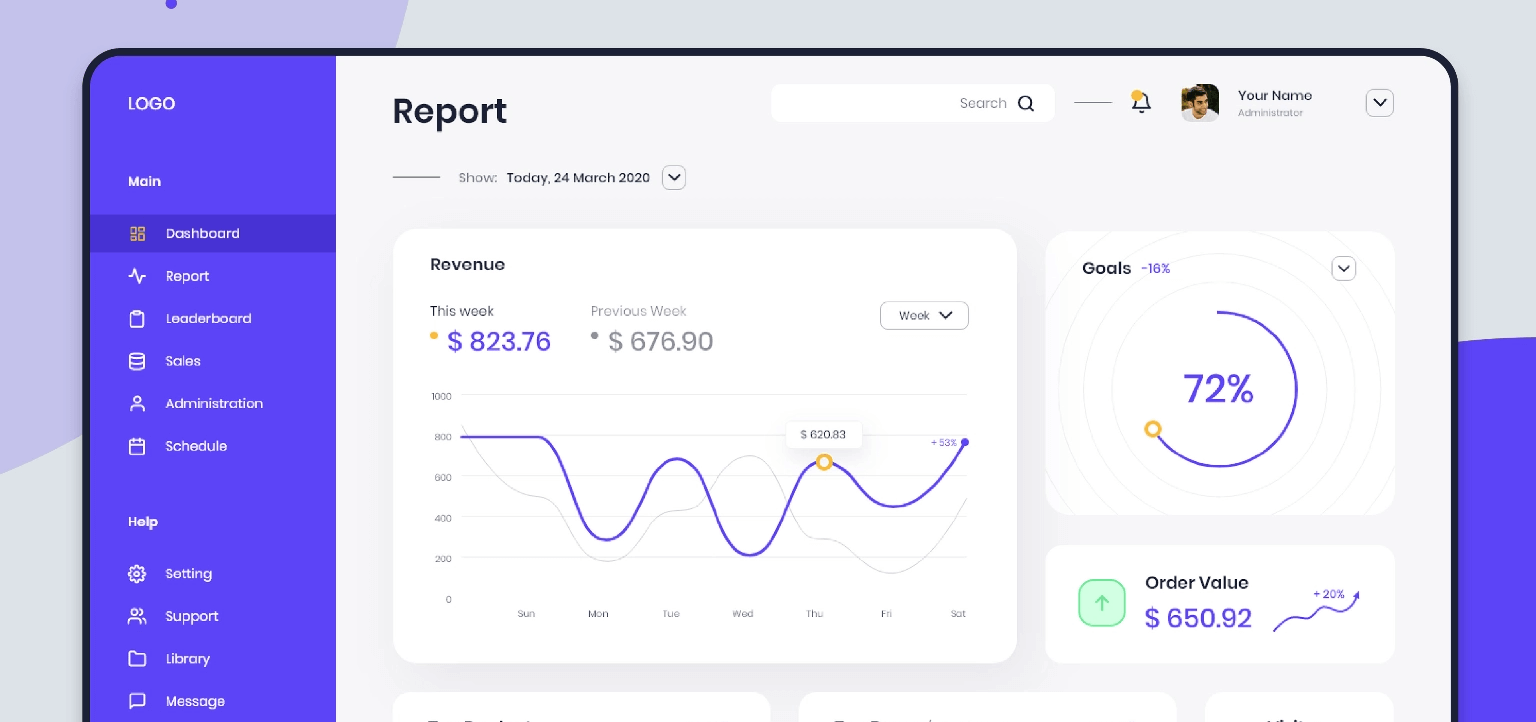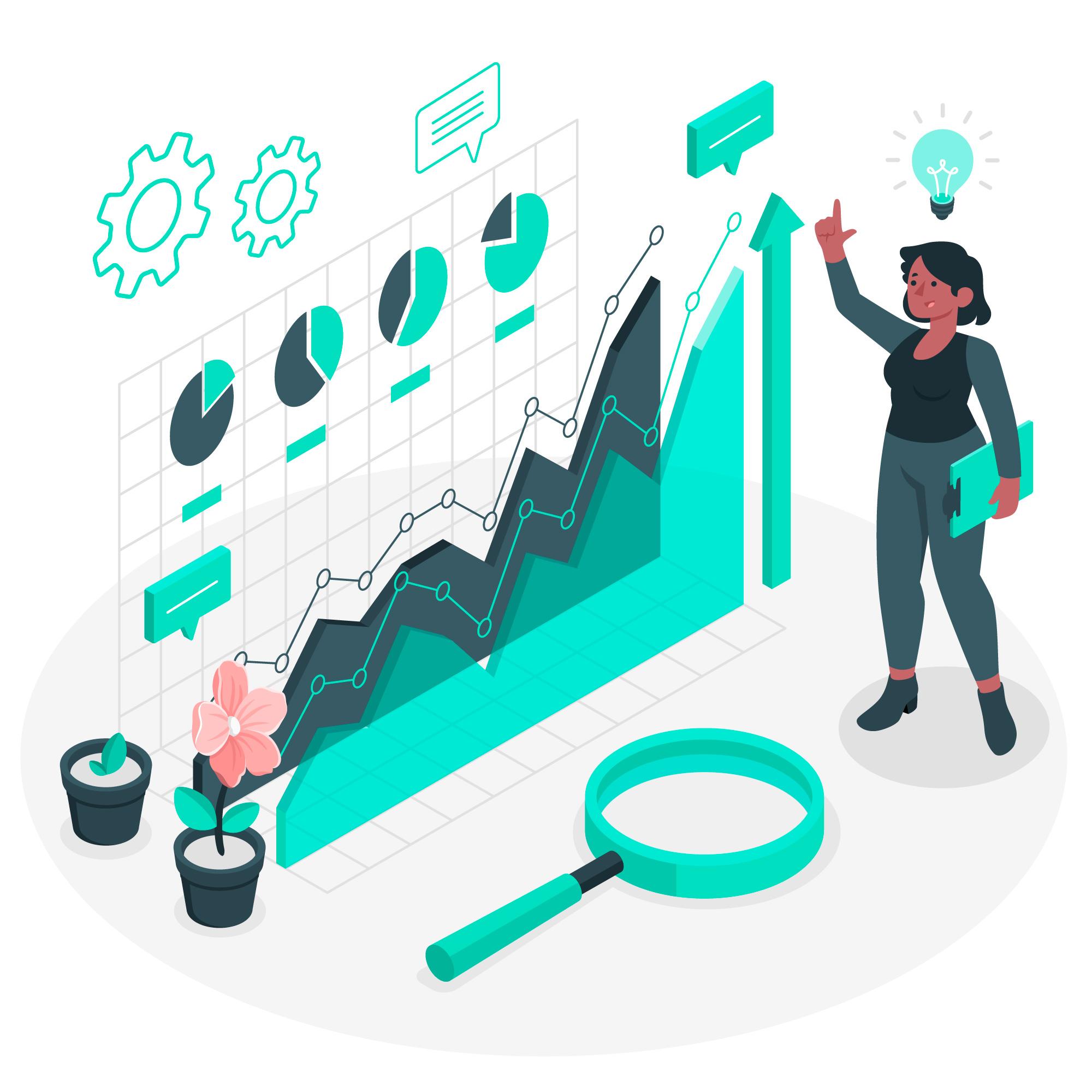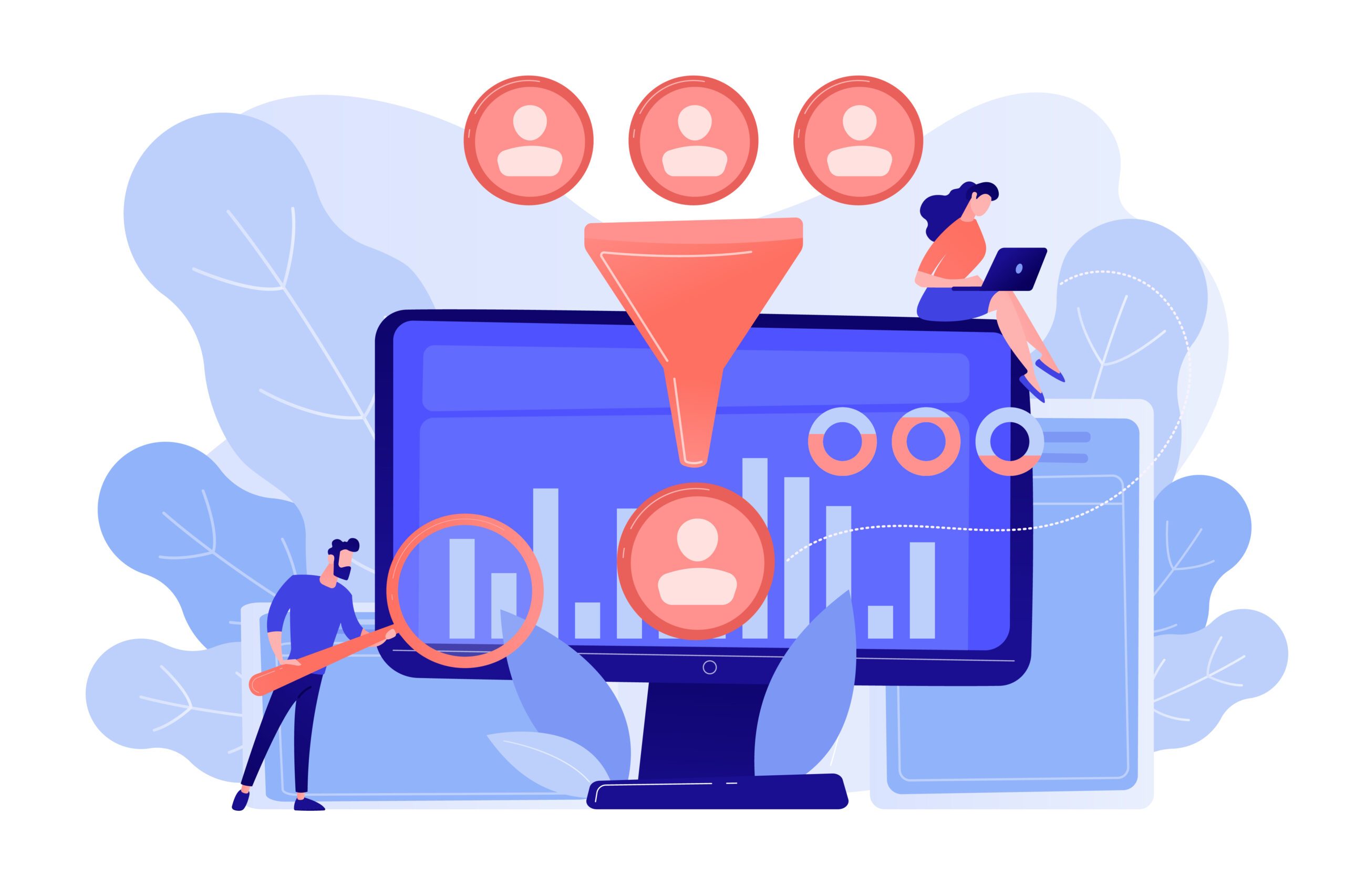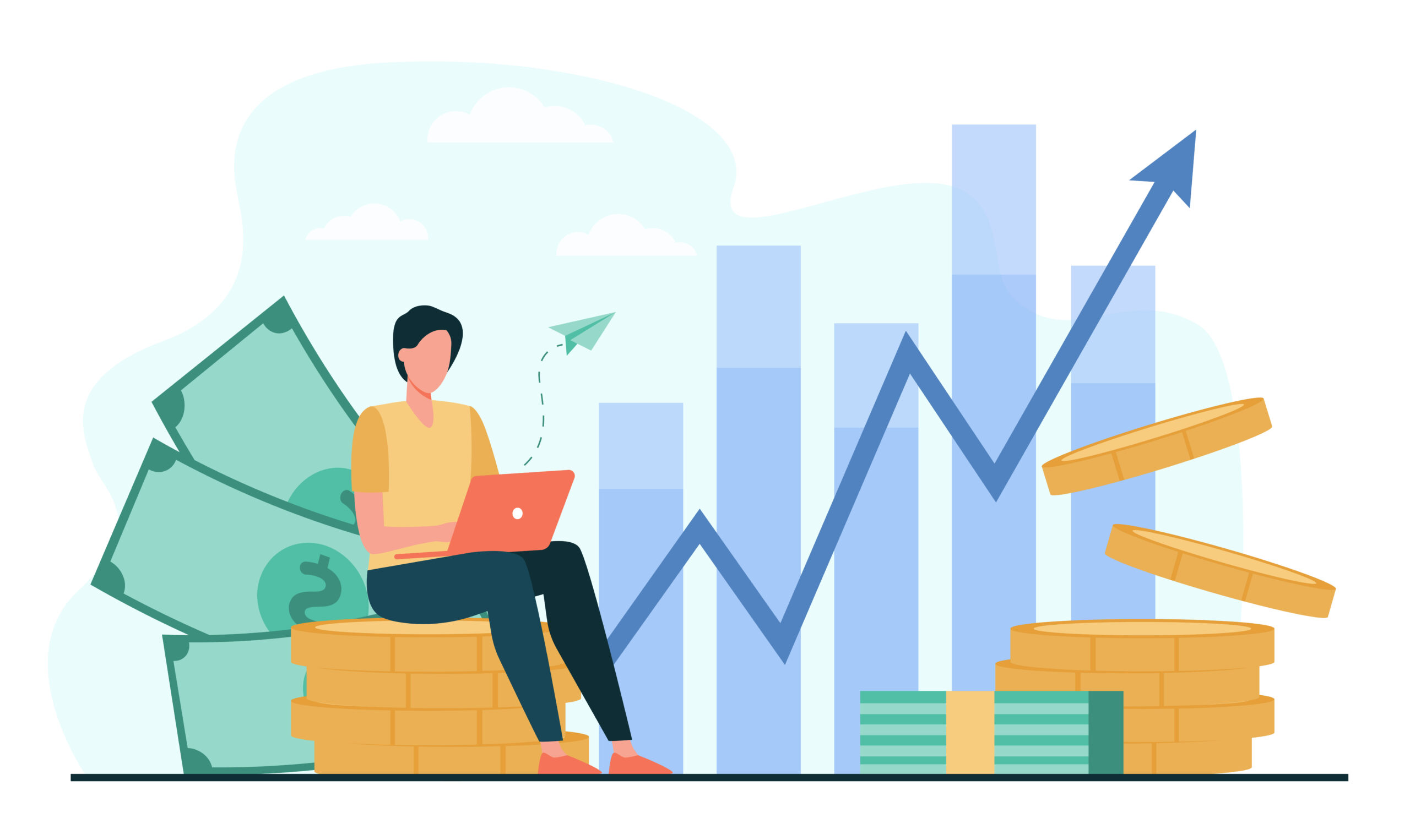6 Ways to Create A Strong & Powerful Brand For Your Business
Every business that wants to expand must begin the ongoing process of brand building. A strong brand image humanises your company and informs your target market of the advantages of using your goods and services. People’s perceptions of your brand are shaped by your branding, which increases brand value and loyalty.
Even before they make a purchase from you, people have an opinion of your company. Therefore, you should invest a lot of time and energy into developing your brand if you want to increase your chances of being well-regarded. Building a brand involves making a strong first impression on clients to get them to think favourably of your company. In order to stand out and increase sales, it includes developing a distinctive and trustworthy image for your company.
Here are some of the ways to create a strong and powerful brand for your business:
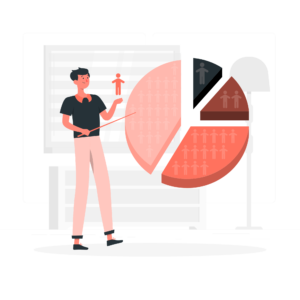

Know Your Target Audience
Identifying your target audience will lay the groundwork for developing your brand. So, in order to create a brand, you must first identify the target market. You can tailor your messages to meet their profile in this way. Be as specific as you can when defining your target audience.
When you are developing your marketing and business plan, keep your target clients in mind. Your brand identity gets stronger the more you understand your industry and your target market. Your target market must be more precisely defined so that the rest of your brand strategy may be developed with them in mind. Learn about them so you may properly develop your brand and concentrate on your marketing efforts.
You’ll come to understand that focusing on a smaller segment of your target market gives your company a competitive advantage when branding. By doing this, you can make sure that the intended audience receives your marketing message in its entirety.


Know Your Competitors
You are most likely not the first company in your field to sell the products or offer the services you do. One of the main elements in identifying and defining your brand positioning is competitor research (or market research). Never copy exactly what the leading companies in your sector are doing. You should be aware of what they excel in or where they fall short, though.
To distinguish your company from the competitors, research and comprehend their positioning. Additionally, the study will show how your brand stacks up against the competition and what the market thinks of it.
The top competitors in your niche should be researched as one of the initial steps in brand building. This will help you with brand development and point out what they are doing well (or wrong). Of course, the objective isn’t to imitate your rival; it’s to set yourself apart from them and persuade a consumer to choose you over them.


Create A Unique Selling Proposition
Establishing your company’s core principles and philosophies should come after you have a good understanding of your customers. Determine the advantages of doing business with your company over those of your competitors. In order for people to perceive your brand differently from your rivals, you must place it in their thoughts.
It takes some serious conscience and imagination to identify your USP. Examining how other businesses leverage their USPs is a good place to start. This necessitates a thorough examination of marketing materials and advertisements from competing businesses. You can discover a lot about how businesses set themselves apart from others if you examine what they say and what they sell rather than just their product or service features.
Knowing your competition will help you set yourself apart from them, and being aware of their moves will help you strengthen your own brand. Watch what they do to attract the market since you’re all vying for the same customers. Making note of which strategies work and which don’t will help you improve your own approaches.


Be Consistent
Once your brand has a solid basis, you want to make sure that your activities continue to strengthen and expand it. Conduct brand audits regularly to check that your vendors’, workers’, and customers’ perceptions of your brand are consistent with who you are. Then, keep addressing shortcomings, highlighting strengths, and taking additional steps to make sure your brand is still in a position to succeed.
While maintaining consistency is essential for building your personality, it’s also critical to have enough flexibility to be current and significant. While you don’t want to alter the core of your brand, you do want to be open to innovative campaigns, changing strategies that are no longer effective, and include fresh concepts that can help you continue to set yourself apart from the competition.


Develop An Identity & Voice
You may improve your customer interactions and increase sales by creating a compelling brand voice and using it across your content. Choose a voice or messaging that most accurately represents your brand by doing research on what your target audience sees and thinks about when they hear about it. In this manner, your brand’s personality is conveyed to your target market, and you learn how to strengthen your brand identity.
A possible brand voice is; professional, friendly, service-oriented, authoritative, technical, promotional, conversational, and informative.
When posting on social media or a blog, this is very necessary. Your brand’s voice will be more easily recognisable across platforms if you keep it consistent. When consuming your material, a community of followers, readers, or subscribers will start to anticipate a particular brand voice and brand personality.


Stay True With Your Purpose
Every successful company has a compelling reason for existing. Consider your brand as a distinct individual with a distinct personality. Describe every aspect of this individual, and then reflect those qualities in all that your company produces. More than only the commitments made in your goal and vision statements constitute brand personality. It’s the steps you take to keep those commitments.
Many well-known brands have origin stories, and your company should have one as well. For context, consider that 50% of consumers claim they base their purchases on a company’s brand values. People no longer purchase what you sell or do, they want why you do what you do.
This is the quickest approach to establish a solid reputation, which opens up additional business opportunities. Reviewing your mission and vision statements can also be helpful in determining your purpose. While vision statements discuss your goals for the not-too-distant future, mission statements often describe what you do.
Conclusion
Branding can make or break your business. A strong brand gives your company a distinct identity, raises its value, and attracts desirable clients. It entails spreading the word about your company using tried-and-true tactics.
It is now an unwritten rule that every business must have good branding. Due to this, many business owners have begun to enlist the help of brand strategists with the necessary experience and understanding in creating brands for other corporations. These are excellent first steps in brand building.
And as one of the leading brand developers in Malaysia, Seetru Studio provides a comprehensive and bespoke approach to your branding strategy. Browse through our services here to get the attention you deserve!












